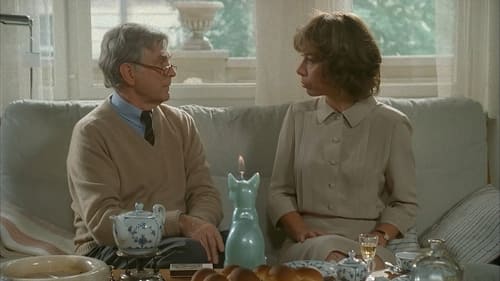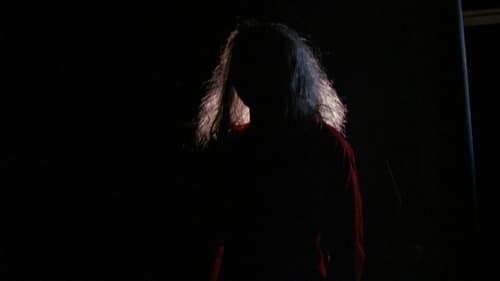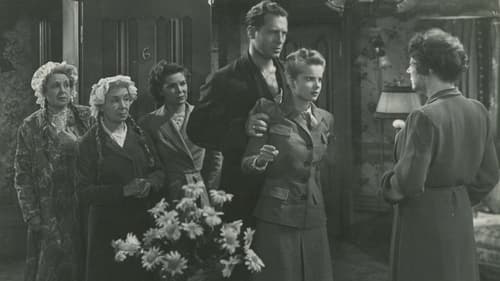Cretinetti s'incarica del trasloco (1911)
Genre : Comedy
Runtime : 8M
Synopsis
Moving Cretinetti style: a tornado of furniture.

When Chloe discovers that her new home's garden gnomes are not what they seem, she must decide between the pursuit of a desired high school life and taking up the fight against the Troggs.

The true story of Edward Gein, the farmer whose horrific crimes inspired Psycho, The Texas Chainsaw Massacre and The Silence of the Lambs. This is the first film to Gein's tormented upbringing, his adored but domineering mother, and the 1957 arrest uncovered the most bizarre series of murders America has ever seen

Two best friends plot to get their single parents together to stop one of them from moving to New York.

Paul Winkelmann is the CEO of a successful business in Hamburg that he took over after the death of his father eight years ago. But he is still strongly dominated by his 78 year old mother who cares for him as a child, and who cannot understand why he took an apartment on his own after all these years. The real "problem" starts when Paul gets to know psychologist Margarethe Tietze whose relationship to her parents is also not so easy after all.

A group of teenagers spend the night in a furniture shop for a graduation party. When one of them talks her boyfriend into a game of hide-and-seek, a psycho killer starts hunting them down one by one.

Raised by Natalie Brennan, a flamboyant and irresponsible mother, Ziggy Brennan gets involved in hustling men at a young age. She hangs around with a wild crowd and learns gets her "street smarts" first from her mother, who wants everyone to think they are sisters, and then from Denny Reagan, an older man. He starts teaching her his tricks of the trade and she falls right in line with his crooked ways. Then one night she meets Martin J. 'Mart' Neilson, a tall, handsome, honest farmer boy who's a sailor and they fall in love. While he's away fighting the war, she discovers she's pregnant.

A substantial insurance payment could mean either financial salvation or personal ruin for a poor black family.

In 1919 an art school opened in Germany that would change the world forever. It was called the Bauhaus. A century later, its radical thinking still shapes our lives today. Bauhaus 100 is the story of Walter Gropius, architect and founder of the Bauhaus, and the teachers and students he gathered to form this influential school. Traumatised by his experiences during the Great War, and determined that technology should never again be used for destruction, Gropius decided to reinvent the way art and design were taught. At the Bauhaus, all the disciplines would come together to create the buildings of the future, and define a new way of living in the modern world.

An antique chair with a dark history possesses more than just kitschy charm.

The story of LaDonna Stockstill's struggle with an incurable cancer

A side table and a chest of drawers (played by actors in ingenious soft-sculpture costumes) indulge in a bit of passive-aggressive furniture moving. Do you know what your household decor is up to when you’re not looking? Another characteristically eccentric bit of humor from Dutch filmmaker Sietske Tjallingii, aka "Miss T."

"Chair Times" charts a course through an ocean of chairs. In the focus are 125 objects from the Collection of the Vitra Design Museum. Arranged according to their year of production, they illustrate development from 1807 to the very latest designs straight off the 3D printer, forming a timeline to modern seating design. The film features many people whose vocations involve design and who are experts in the field, such as designers Hella Jongerius, Antonio Citterio and Ronan Bouroullec, architects and collectors Arthur Rüegg and Ruggero Tropeano, architect David Chipperfield, Director Emeritus of MAK Vienna/Los Angeles Peter Noever, Mateo Kries, Director of the Vitra Design Museum, Vitra Design Museum curators Amelie Klein, Jochen Eisenbrand and collection curator Serge Mauduit. And your guide through the history of chairs is Rolf Fehlbaum, Chairman Emeritus of Vitra.

Filmed in Tripoli, Lebanon, Concrete Forms of Resistance is a documentary centred upon the city’s abandoned ‘Permanent International Fair’, designed by Brazilian architect Oscar Niemeyer in the mid-1960s. Progress and crisis, labour and capital, material and memory, are reflected through a very intelligent rhyme between image and sound. The touching voice and words of Niemeyer as a call for life, and the beautiful camerawork as a weaving of ghosts in the present landscapes.

About an antique shop where the pieces of the furniture each have their own stories from the past. The new owners get their little piece of horror. Aleli purchases an antique bed, not realizing that its previous owner of the bed is out to claim her son. A couple purchased an antique cabinet where a young man died inside before. An independent woman gets a possessed dresser out to take her soul.

A couple debates whether or not to evacuate their home under the increasing threat of nuclear war. Will their relationship survive the tests of the political climate?

A quarrel in a club room leads to a duel between two of the characters. Honor is satisfied by the usual "continental scratch" and the affair ends. Foolshead, however, has been a witness of the combat and is smitten with the duel fever, so a series of highly amusing scenes are witnessed in which Foolshead endeavors to get somebody to fight with him. Finally he gets a good beating for his pains, assaults the police and is arrested.

Two Girls Are in Love with Foolshead

Cretinetti wakes up in the middle of his sleep and finds himself in outlandish situations, walking through a mirror and falling through the roof.













